In a pre-Covid world, James Angel was scheduled to be the first solo exhibition at the FOUND:RE Hotel’s newest arts venture – a commercial gallery space with glowing signage that reads “FOUND:RE Contemporary.” While the show was originally scheduled for Art Detour in March, it has since been moved to the mood room, a new exhibition space that Artlink opened this past spring at Park Central.
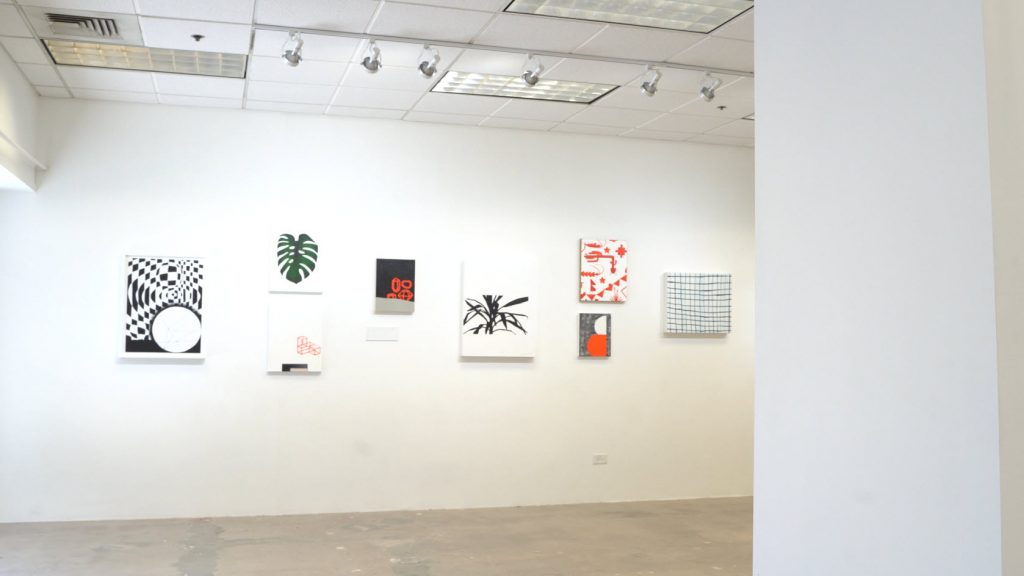
As fate would have it, Angel got to be the first solo exhibition in the mood room too! Since James Angel: Turning Points, 2006 – Present opened on June 13, it has received a steady flow of visitors both in person and online, and the exhibition is accompanied by an elegant catalogue to boot. It should come as no surprise that artists, collectors, and critics have stopped in from neighboring states like California and New Mexico, with the show still attracting a significant amount of interest from locals.
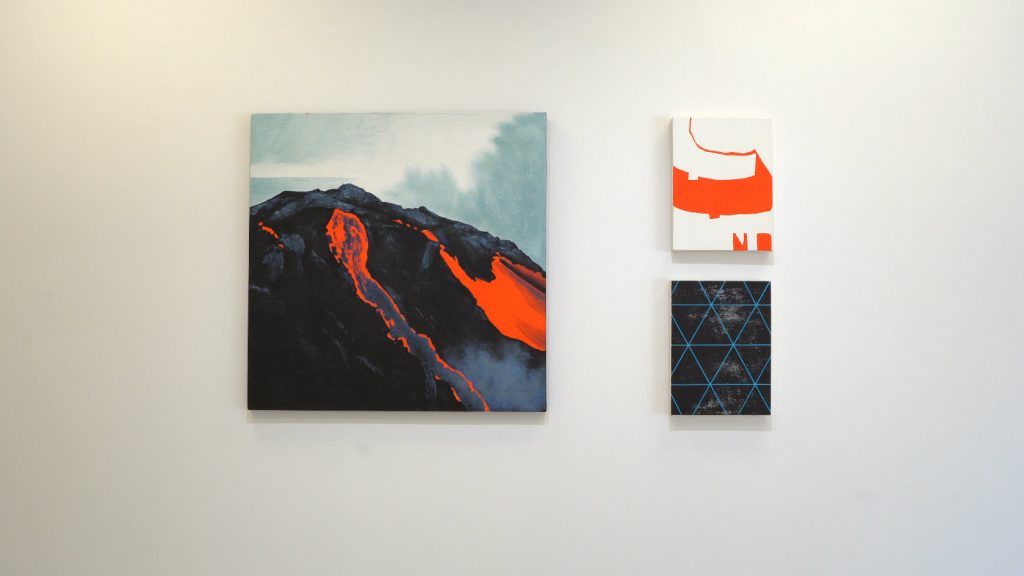
The widespread praise for Angel’s work is not due to the fact that he has grown up here, but rather, because he has been one of the most well-respected artists in the Valley for over two decades. Offering a selective survey of his works from 2006 to the present, you can get a genuine feel for the thoughtful evolution of his aesthetic and its many turning points throughout the years, not to mention a first look at his latest body of work entitled Analogous Structures.
Working with repetition and variation, abstraction and design, graphic shapes and the building up of pentimenti, the viewer encounters a stunning cross-section of paintings, sculptures and videos by an artist who is always exploring new territory. Most of the exhibition is hung in dramatic fashion, utilizing the entire space, which is comprised of four galleries in total.
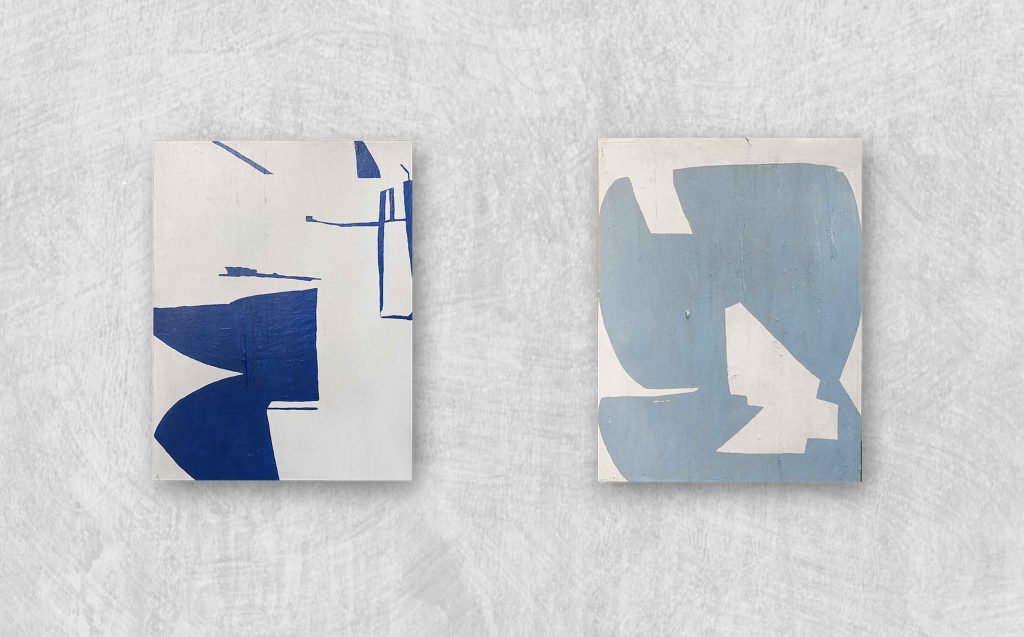
Each of the various bodies of work speaks to the other through the play of difference and identity. Toward this end, it is the current work, Analogous Structures, that seizes on the opportunity to create a bold encounter with pictorial elements that are largely non-symmetrical, linked together by the resonance between different shapes, colors, and compositional motifs.
Like much of Angel’s past work, each painting is negotiated through a process that cuts across the textured substrate of the work itself, as well as the historical texture of different artistic traditions. Neither purely attributable to the camp of Hard-edge painting nor to organic models of abstraction, Angel’s most recent series points to a unique synthesis of form, content, and context.
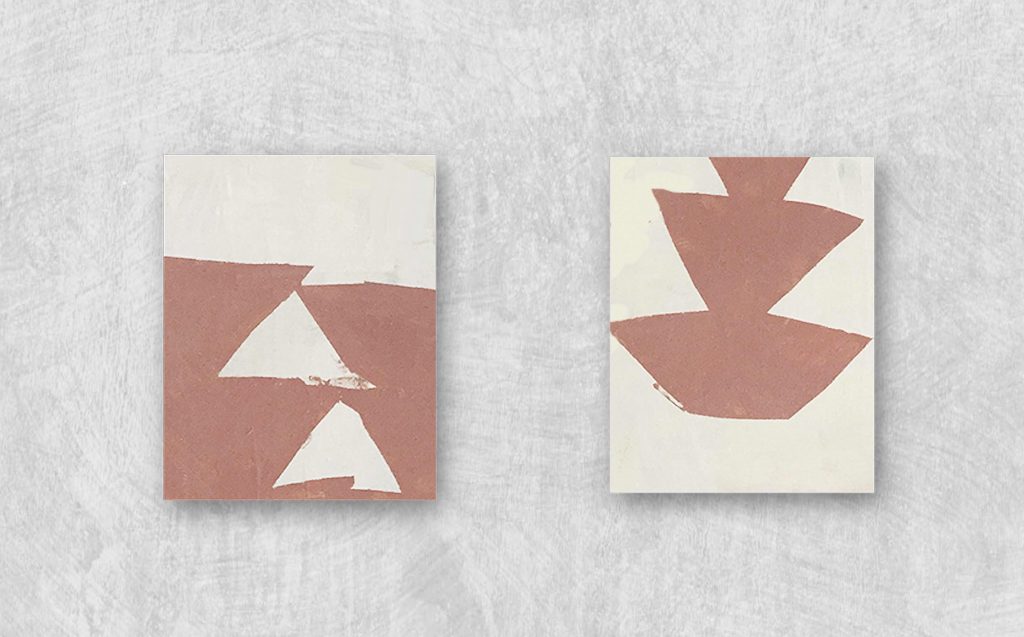
The elemental forces in his imagery oscillate between positive and negative shapes that strike a rare balance between actively seeing the hand of the maker and the obfuscation of the underpainting. The perceptual content is that inexplicable balance of impact and impression that reveals a sure-handed confidence and commitment in execution that is played off against stunning moments of exploration and improvisation.
While all of this can be noted by the casual viewer, it is the wider context in which this new work can be situated that might prove to be a bit more allusive. More than a few years ago, a trend swept through the artworld called “provisional painting,” which was grounded in valorizing abstract works for what they implied, while relying on an aesthetic of the unfinished.
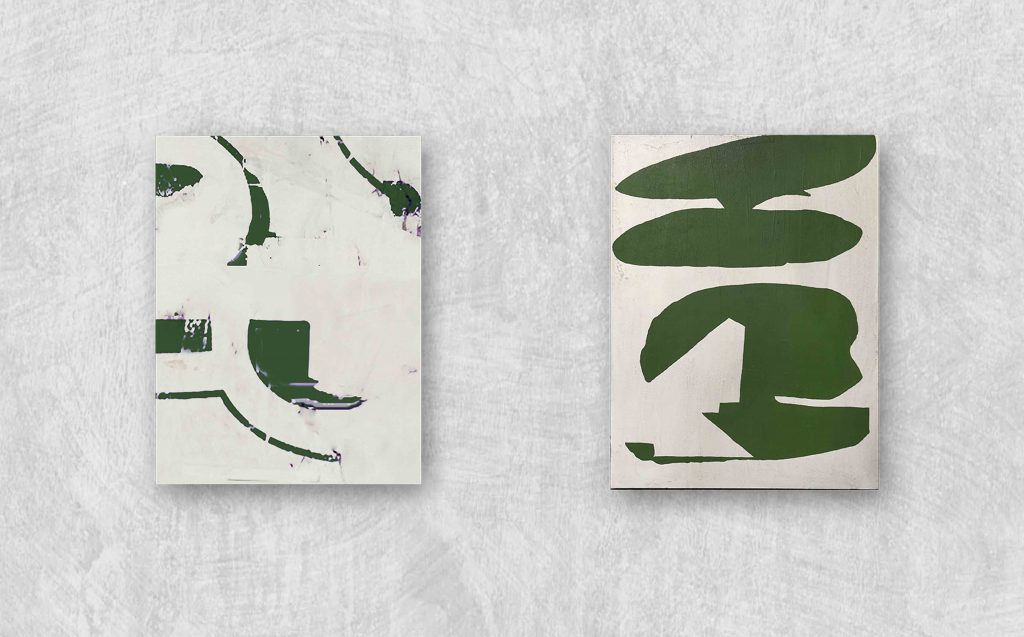
The hallmark of this particular kind of painting was the rejection of style as such, where each piece resisted the consistency of a codified look in order to foreground content, visual codes, and a mixed bag of hyperlinks to art-historical references.
A more recent phenomenon in abstract painting was the highly contested appearance of Zombie Formalism (ZoFo), a label which ended up describing the exact opposite approach to abstract painting – that of an unremittent vacuousness. ZoFo relied on producing trivial effects and an aesthetic of trumped up gestures that felt like a gimmicky form of expressionism or painting posited as a series of one-liners.
Angel’s work navigates a narrow path beyond these two camps inasmuch as his imagery is rich in content and always feels fresh without fetishizing newness for its own sake. Investigative mark making, hints at the evolution of design, allusions to nature, and computation all abound in these works.
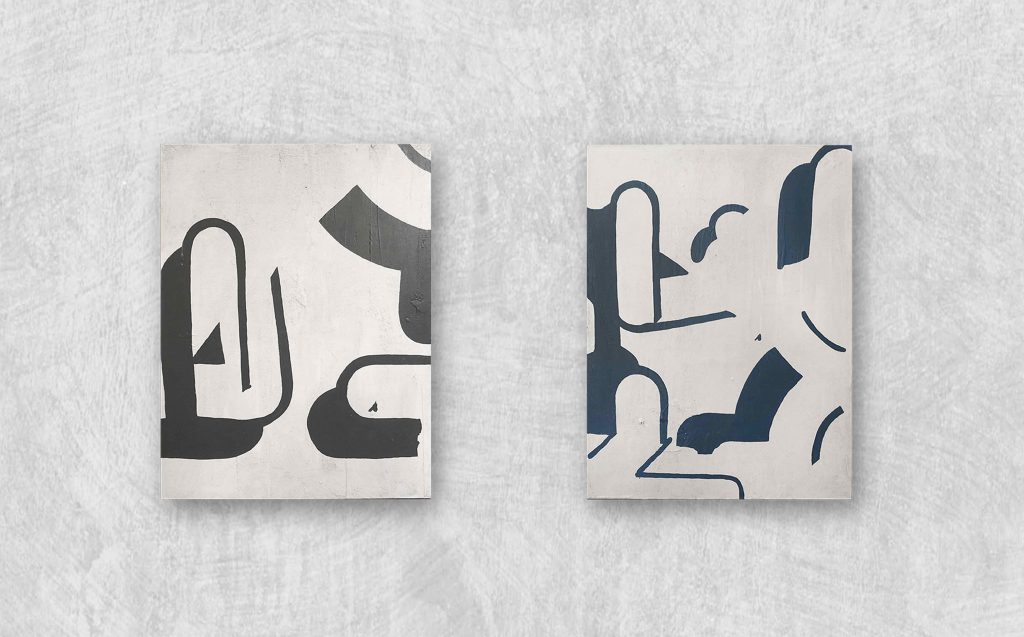
People who might miscategorized Angel’s most recent body of work as being either provisional or close to ZoFo would have missed the opportunity to think about the space that these paintings open up in the wake of artists like Ellsworth Kelly. They bring together the two things Kelly never could, namely, the geometric aspect of his paintings and the lyrical line quality of his drawings. Angel achieves a rare superimposition of these motifs that is nothing short of sublime.
Or, one could think of late Dekooning, who much like Kelly, sought to keep the raw impact of his earlier works separate from the delicate touch associated with his later linear pieces. Once again, we can say that Angel bridges this divide with the ease that only a painter of his caliber could pull off.
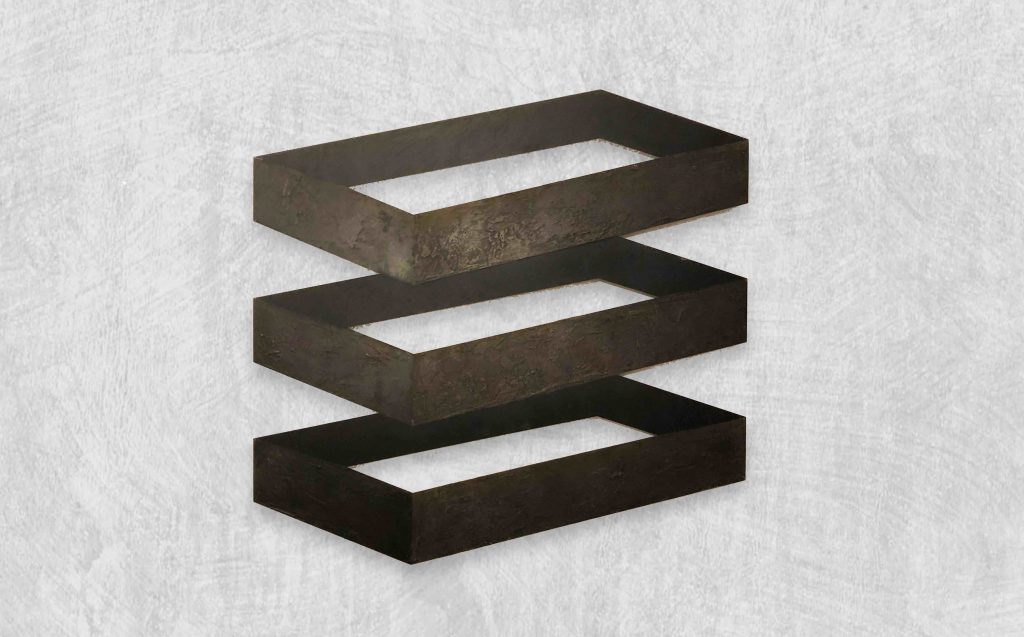
It is perhaps no coincidence that the titles of many of the works in Analogous Structures, like “Emergent Consciousness,” “Modern Union,” and “Conjunction Junction I & II,” all point to a dynamic fusion that moves beyond the polemics that made Abstract Expressionism and Minimalism into warring camps rather than close relatives.
Angel’s elegant intertwining of disparate impulses points to a more wholistic model of aesthetic experience, and by proxy, to a more integrated appreciation of the forces at play in the world around us. His paintings overcome highly polarized positions about art practice, which also has implications for how we think about nonrepresentational art in our highly politicized present.
A portion of this review was written for a solo exhibition at FOUND:RE Contemporary, which was cancelled due to COVID-19. The exhibition was renewed as part of a call for recovery exhibitions to be held at the mood room. Grant Vetter is the Curatorial Programs Director for Artlink Inc., which hosts the mood room at Park Central in midtown Phoenix.

